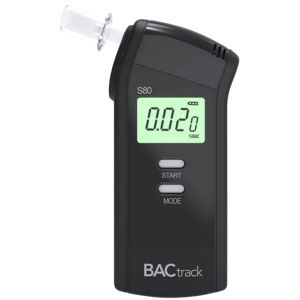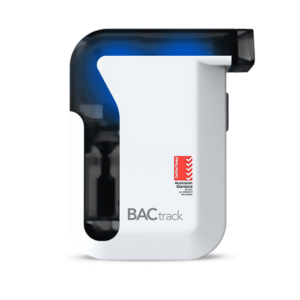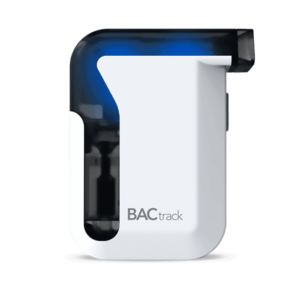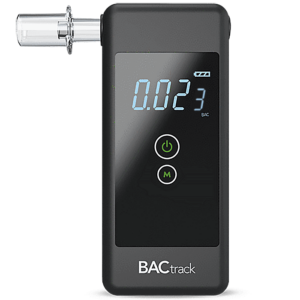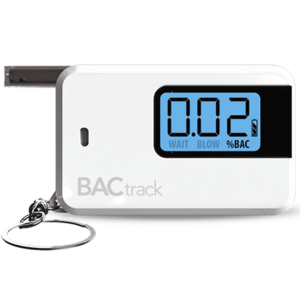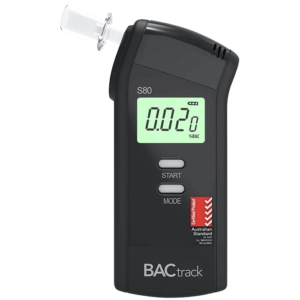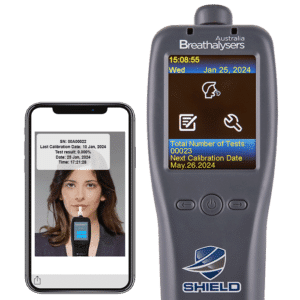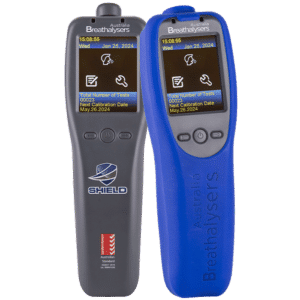New Zealand's Largest Personal Breathalyser Range
- Accurate
- Reliable
- Affordable
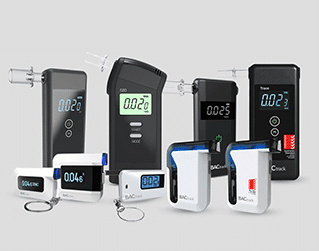
New Zealand's Largest Personal Breathalyser Range
- Accurate
- Reliable
- Affordable
Personal Breathalyzers
Our Personal Use range gives accurate results to help make informed decisions about alcohol consumption.
Our devices cater for all situations. This includes going out for dinner or ensuring family members, and young adults are safe to drive. We can also help where alcohol has become a problem, such as custody, rehabilitation, and legal requirements.
- Personal
BACtrack Trace Pro Gen2
Rated 0 out of 5$219.97Original price was: $219.97.$189.97Current price is: $189.97.140 ReviewsAdd to cart
POLICY GRADE ACCURACY
There is no room for doubt when it comes to your safety.
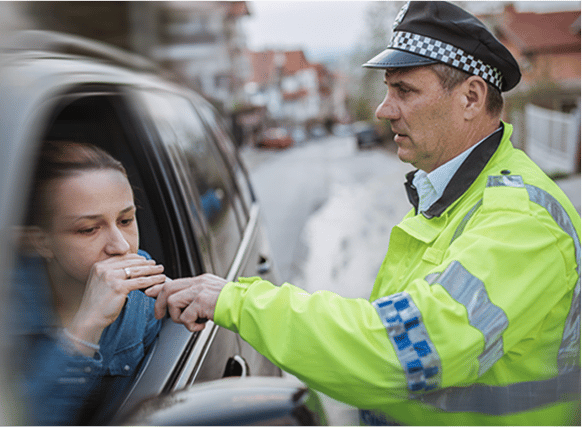
POLICY GRADE ACCURACY
Our personal use range utilises Police Grade Fuel Cell sensor technology to ensure peace of mind before you drive.
There is no room for doubt when it comes to your safety.
Breathalyzers for Personal Use
Breathalyzers are portable devices that measure the amount of alcohol through a person’s breath. They have been around for decades, primarily used by law enforcement officials to determine if someone is driving under the influence. However, they are also becoming more common among individuals who want to monitor their alcohol consumption. People can test their Blood Alcohol Concentration (BAC) through a personal device to see if they are fit to drive.
READ MORE>>Many people consume alcohol on an occasional or regular basis. Moderate intake offers pleasant effects, especially for people who want to relax. On the other hand, excessive amounts can quickly lead to severe impairments. These pose hazards, especially in driving. Therefore, personal alcohol testers are becoming more in demand as individuals want to stay safe on the road. This article will guide you through the uses and benefits of breath testers, how to use them properly, and more.
Jump Section
- What is a Personal Breathalyzer?
- Benefits of Using a Personal Breathalyzer
- Different Types of Personal Breathalyzers
- Understanding the BAC in Breathalyzers
- How Accurate is a Personal Breathalyzer?
- Are There False Positives in a Personal Breathalyzer?
- Preventing Drink Driving Charges Using a Personal Breathalyzer
- Personal Breathalyzer Safety Tips
- How to Use a Personal Breathalyzer
- How to Choose the Right Personal Breathalyzer for You
What is a Personal Breathalyzer?
A breathalyzer is a handheld device utilising sensor technology to estimate the BAC or the percentage of alcohol in the blood. Compact devices are available for personal use to help individuals monitor their alcohol consumption. It quickly examines the breath sample and returns the results in seconds. Thus, it is a reliable way to know a person’s level of intoxication.
Alcohol affects everyone differently. Some people can get intoxicated with a few drinks, while others have a higher tolerance. As a result, it can be challenging to determine if a person can safely operate a vehicle. A personal tester can help individuals know their alcohol levels, whether below or over the legal limit for driving.
There are several ways to test for alcohol. However, a breath tester is the most efficient. The device is extremely portable, making it easy to carry and use anytime. It is also useful in monitoring the BAC and prevents it from reaching hazardous levels. Overall, it helps individuals make informed health and safety decisions.
How Does It Work?
An alcohol breath tester generally works in the following ways:
- When a person exhales into the device, the breath goes to the sensors.
- Starts a chemical reaction process after exposure to alcohol molecules.
- Oxidises alcohol and produces small electrical currents.
- The number of currents is based on the volume of alcohol in the breath.
- The device measures and converts the output into a BAC reading. It calculates the BAC based on the blood-to-breath ratio.
- Display the results on the screen or deliver them through a mobile app. Devices may show the BAC in percentage or in grams.
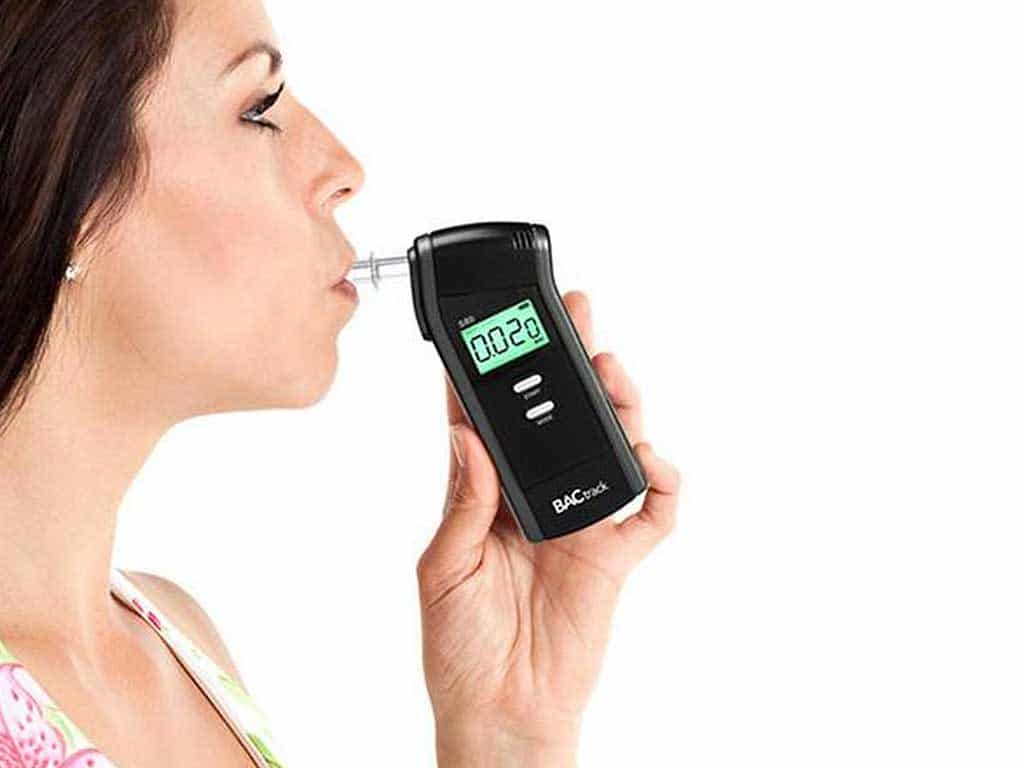
Benefits of Using a Personal Breathalyzer
Using a personal breathalyzer offers numerous benefits, particularly in health and safety. Firstly, it can help people monitor their alcohol intake. For instance, you may use the device every few rounds of drinks or every hour to see how your BAC changes. This is valuable for individuals who want to remain below the alcohol limit for driving.
Secondly, it gives a better understanding of how alcohol affects the body individually. Since the BAC differs for each person, it provides an insight into how they quickly metabolise and the factors affecting them. This knowledge can help people drink responsibly and avoid overconsumption. Additionally, it is a helpful tool for those in recovery from a disorder, allowing them to track their progress.
Lastly, it promotes accountability and safe practices. A person can deter getting behind the wheel after seeing if the BAC level is high. As a result, it helps minimise drink driving incidents. It can help make responsible decisions, such as getting a designated driver or taking alternative transportation.
Advantages
Using a portable breath-testing device is convenient and efficient in measuring the BAC. Primarily, it is non-invasive. Sample collection can be done without intrusive procedures or privacy issues. In addition, it is easy to use. Most devices operate at a touch of a button, like the BACtrack devices from Breathalysers New Zealand.
Unlike other test methods, breath testers do not require laboratory processes. Anyone can use the device with a few simple steps. Moreover, it provides real-time results. Thus, individuals can make swift actions or decisions. Finally, it is cost-effective. The device can be used multiple times as necessary and does not require professional supervision.
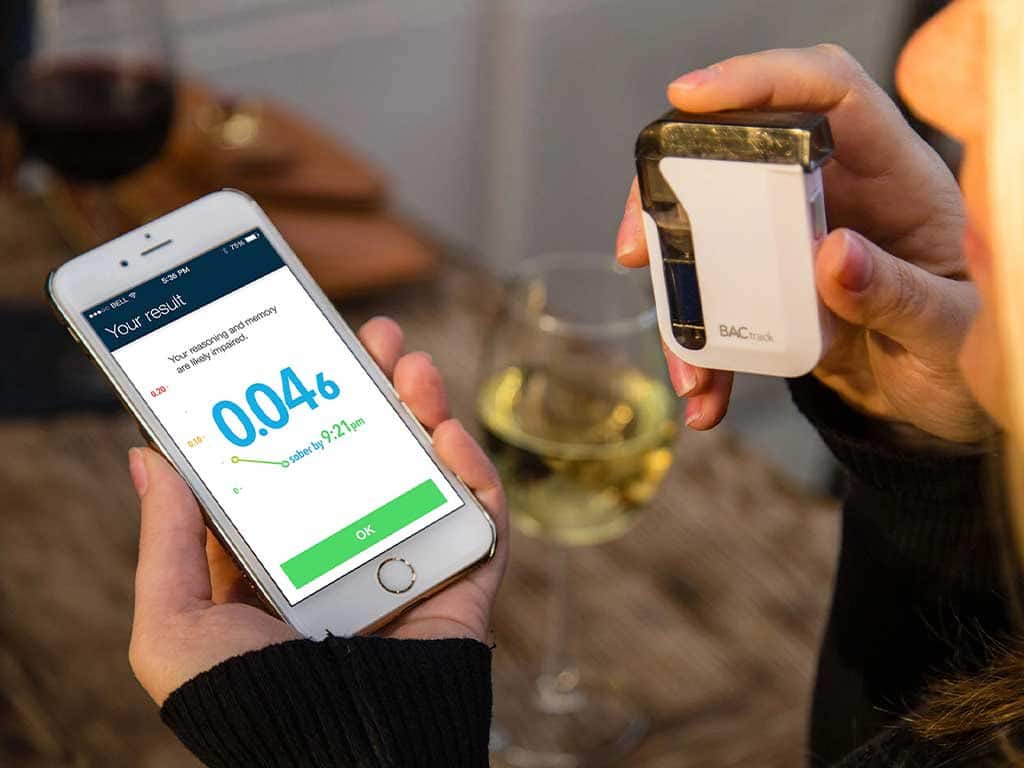
Different Types of Personal Breathalyzers
Personal breath testers come in different types, each with unique features and functionalities. The most common types are based on sensors and types of testing. Personal devices use semiconductors and fuel cell sensors. Semiconductor units are typically more affordable and easy to use. They are ideal for low-volume tests. However, they require frequent calibration.
Meanwhile, the fuel cell breathalyzer is more stable, thus, offering more precision. It is also more expensive and requires a longer duration for recalibration. Furthermore, it is the same technology used in roadside screening. This device has a faster turnaround time and is ideal for back-to-back testing. In addition, it is ideal for people relying on high accuracy.
Breath testers can also be classified into passive and active devices. Most personal devices offer active testing that measures the exact BAC levels. In contrast, individuals may also use a device for passive screening. It involves sampling the breath to detect alcohol regardless of the amount. Therefore, choosing a personal device depends on specific needs.
Main Features
An alcohol meter consists of these essential elements: mouthpiece, sensors, and display. The mouthpiece captures the breath sample. It comes with removable attachments to help protect the sensors. It is also convenient and hygienic when sharing the device with others. In addition, the quality of the sensors is vital in giving accurate and reliable results.
These devices feature an LCD screen to display the BAC results instantly. Depending on the device, some may include more information, such as the date, battery level, and number of tests performed. However, some Bluetooth-enabled devices have no LCD screen but connect to a smartphone.
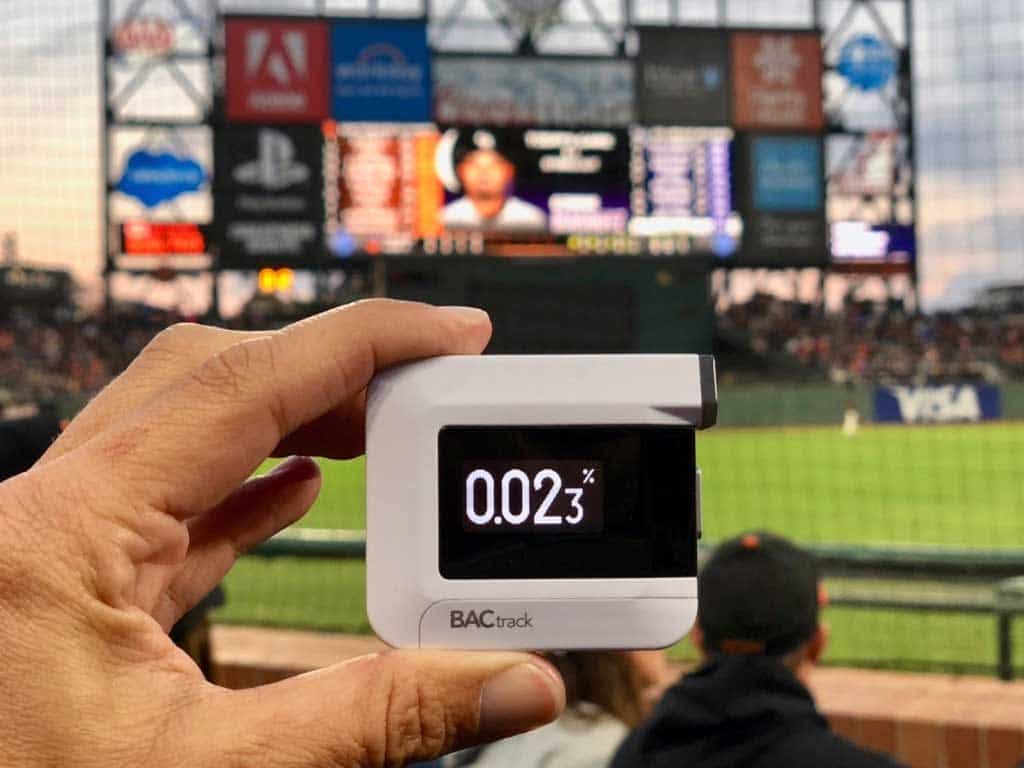
Understanding the BAC in Breathalyzers
It is important to understand the implications of the BAC results to help make appropriate resolutions. After analysing the sample, a breathalyzer displays the reading in percentage. It is the weight of ethanol in grams for every 100 ml of blood or 210L of breath. The higher the BAC, the more severe the impairment.
The device will show a BAC of 0.00% if there is no alcohol in the breath. However, small amounts can increase the reading after a few minutes. For instance, 0.02% BAC may increase euphoria and lower inhibitions. A BAC range of 0.03-0.05% BAC will start to affect perception (vision, speech, hearing) and balance and slow down motor coordination.
At higher levels, the person starts to experience significant impairment in judgement and motor functions. BAC levels of 0.10% and above may include nausea, vomiting, and mental confusion. Some may also totally lose balance and consciousness. Additionally, it has a higher risk of alcohol poisoning, which may lead to coma and arrest.
Factors That Impact BAC Levels
- Alcohol beverage – different drinks have varying concentrations. For example, whiskey and rum have higher alcohol percentages than beer.
- Rate of consumption – the amount of consumption at a given time.
- Gender – women have a higher risk of intoxication due to their lower average body weight and water content.
- Body fat content – alcohol tends to be more concentrated in people with more body fat.
- Food consumption – eating before drinking can slow down the absorption of alcohol as it takes time to digest food.
- Medications – alcohol can interact negatively with medicines, causing the BAC to increase more rapidly.
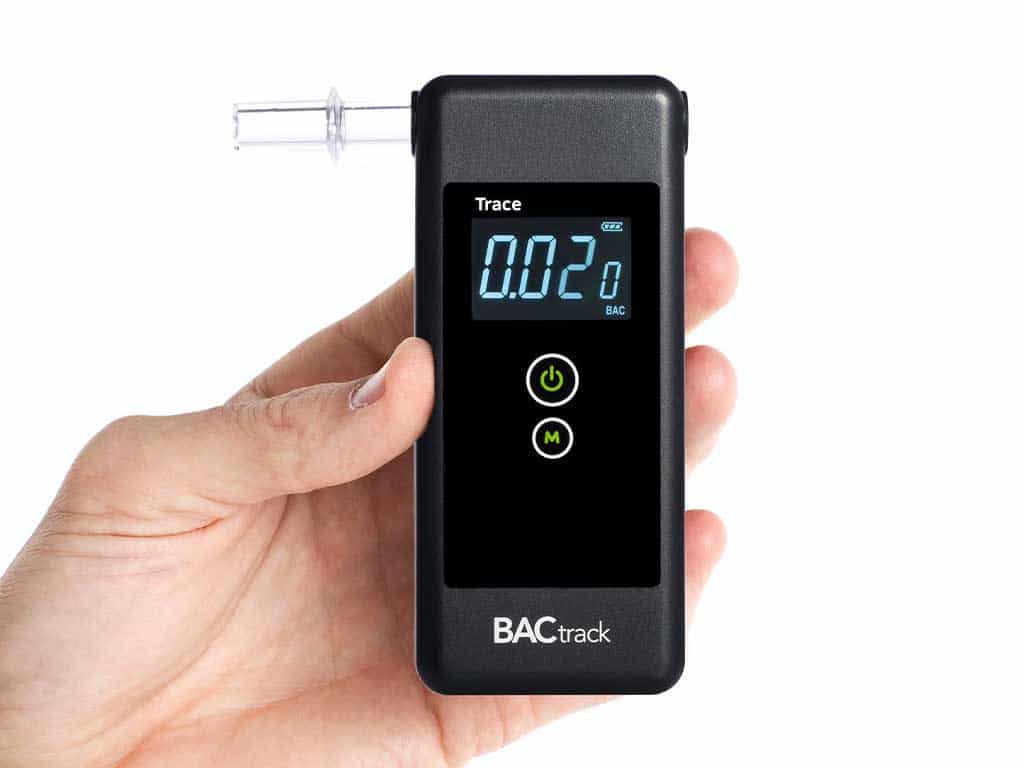
How Accurate is a Personal Breathalyzer?
The accuracy of a personal breathalyzer is the foremost consideration when choosing a device. It can vary greatly depending on the sensor type and other functions. Devices with semiconductor sensors are reactive to several compounds. Hence, other gases that enter the sensor may interfere with the reading. To avoid this, it is important to use the device correctly and follow the breath test guidelines.
Breath testers using fuel cell technology offer more consistent results. It is ethanol-specific, therefore, does not react to other substances. For instance, it will not affect the BAC of people with diabetes or who have high acetone levels. It also remains stable despite back-to-back testing. Additionally, enlarged fuel cell sensors can trace alcohol concentrations over a complete BAC range (0.00-0.400%).
A personal breath analyser has an average margin of error of up to 0.05%. The reliability of these devices also depends on various factors, including breath flow, device calibration, and physical environment. It is vital to take the test in a smoke-free room and use the device within the recommended temperature range.
Myths Involved
Several misconceptions involve “tricks” that are supposed to circumvent the results. The most common ones are using mouthwash or mint gums. Using breath fresheners can help mask the smell of alcohol, but it cannot lower the BAC. Conversely, products containing alcohol may inflate the readings.
Another myth is you can beat a device by hyperventilating or holding your breath before blowing. In reality, this will not affect the results. Modern machines can detect airflow. Lastly, another misconception is that eating or sweating can help sober up more quickly. However, no activities can accelerate alcohol from being eliminated from the system.
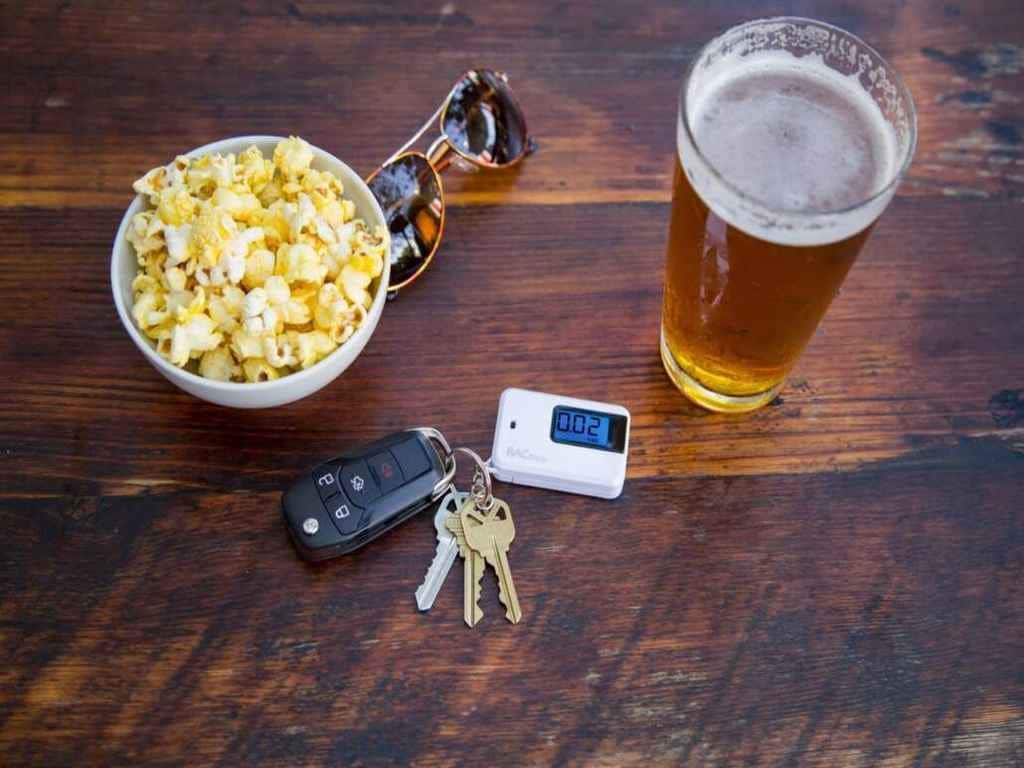
Are There False Positives in a Personal Breathalyzer?
Breathalyzers are reliable to give valid estimations of a person’s blood alcohol levels. Nevertheless, there is a risk of getting false positives under several circumstances. Firstly, this may occur if the device is not calibrated properly or if not following the instructions correctly. Sensors may drift over time due to accumulating alcohol residue or exposure to other pollutants.
Not sending the unit on time when it is due for servicing increases the likelihood of inaccurate readings. For instance, it may give unusually high BAC even with little to no alcohol taken. Secondly, the presence of interfering substances may affect the results, such as cigarette smoke, paint fumes, and other odours. This is probable for semiconductor units.
Moreover, taking a breath test too quickly may render false positives. In this case, the device captures the residual mouth alcohol, which often has higher concentrations. Hence, the BAC result is inaccurate because it analyses the lingering alcohol in the mouth, not deep lung air. Finally, acid reflux, medications and food that contain methyl compounds may show a positive reading even if no drink was consumed.
Tips and Tricks to Avoid False Positives
The most effective way to avoid false positives is to maintain periodic recalibration. Do not use the breath tester if it is past due servicing. In addition, it is best to take the test in an open area, free of smoke and other vapours. Particularly, individuals in a bar may need to step out to check the BAC.
Equally important, wait at least 15 minutes after eating, drinking, or smoking before taking the test. This allows mouth alcohol to dissipate and gives time for the body to process alcohol and reach the lungs. Moreover, inform a police officer if you have a medical condition.

Preventing Drink Driving Charges Using a Personal Breathalyzer
Driving under the influence (DUI) or drink driving can have serious consequences. It can cause vehicle accidents affecting other motorists. Hence, strict driving laws are in place to minimise the hazards of alcohol use. A personal breathalyzer can help individuals avoid these accidents, including going to court. Consumers may check their BAC before driving to ensure it is within the allowed limit.
Law enforcement conducts roadside alcohol screening to monitor drivers posing road hazards. During this procedure, a person blows into a police breath-testing unit and waits for the results. If the device detects alcohol, the person may incur on-the-spot fines. The individual must also submit to confirmation tests at a police station or mobile laboratories.
Drink driving charges include demerit points, fines, imprisonment, and license disqualification. It depends on the severity of intoxication, the number of offences, and other factors. Therefore, many people use personal devices to help manage their consumption and prevent their BAC from exceeding the legal limit. It is also vital to note that these devices do not guarantee safety despite the BAC being below the limit.
What Are the Legal Limits in NZ?
The general alcohol limits in New Zealand are based on age and the type of license.
Drivers Under 20:
- The legal alcohol limit is zero or 0.0% BAC.
Drivers 20 years and over:
- The breath alcohol limit is more than 250 mcg of alcohol per litre (0.05% BAC) as per evidential breath testing; or
- The blood alcohol limit is more than 50 mg of alcohol per 100 ml of blood as per blood sampling.
Drivers with an alcohol interlock license:
- The legal alcohol limit is zero or 0.0% BAC.
- BAC must be zero when submitting to an ignition interlock device (IID).

Personal Breathalyzer Safety Tips
There are several tips for using a personal breathalyzer to get its maximum benefits. It is important to use a new mouthpiece for every breath test. Not all devices require a removable mouthpiece, but using one helps ensure that only the precise breath sample enters the sensors. Likewise, use a different mouthpiece when sharing the device with others for hygienic reasons.
For responsible alcohol consumption, it is advisable to check the BAC at least 15 minutes after drinking and every hour. This is to monitor the rate of BAC increase. Additionally, the BAC will keep rising until the body eliminates alcohol faster than it absorbs. Even if it is below the legal limit, there is a likelihood that the alcohol level will increase, especially during a roadside inspection.
It is best to ensure that the BAC is below the legal limit and is declining. Nevertheless, it is important to note that low alcohol levels do not guarantee safety in driving. The best way is to look for alternatives that will not put the individual and others at risk.
Drink Driving Penalties in NZ
The drink driving penalties in NZ are categorised by age and the degree of intoxication. For those Under 20 with an alcohol content of 300mg per 100ml of blood, the charges include fines and 50 demerit points. If higher, the person could get 50 demerit points, driving disqualification and imprisonment.
For drivers 20 and over with an alcohol content of 51-80mg per 100ml of blood, the penalties include 50 demerit points. The fines range from $4,500 to $6,000 for first and repeat offences. At higher alcohol levels, a person may incur license disqualification of six months to one year and up to three months imprisonment.
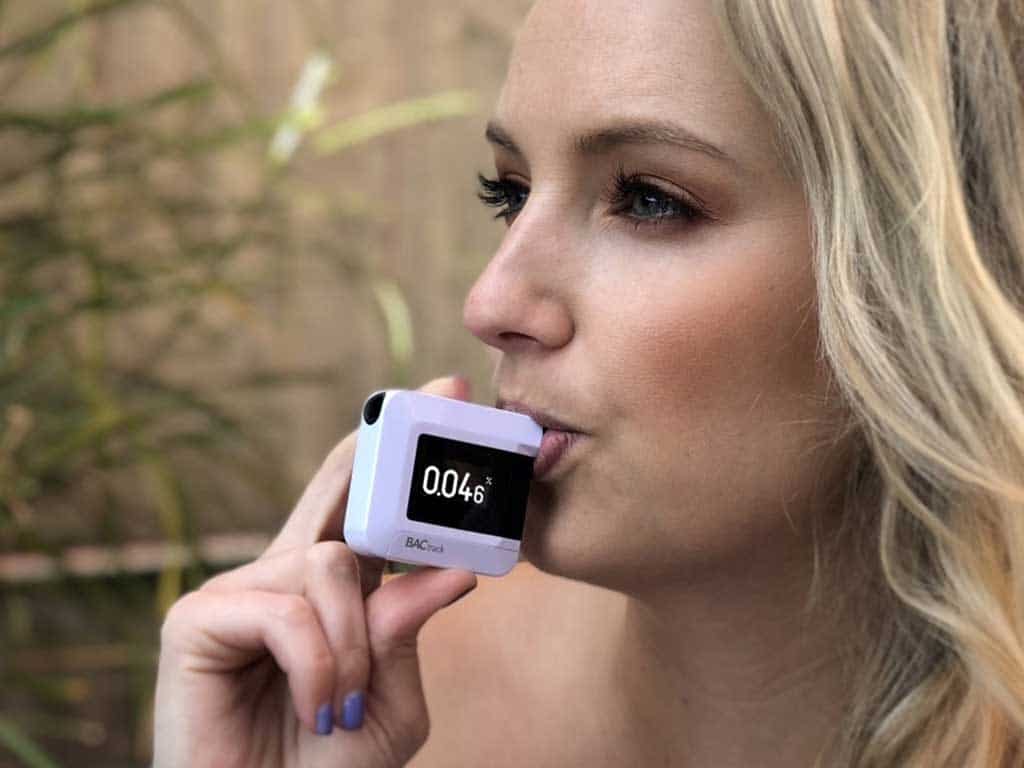
How to Use a Personal Breathalyzer
Many people are relying on breathalyzers because of their ease of use and convenience. Most personal devices are designed for fast testing with user-friendly features. To facilitate a breath check, turn the device on and wait for the sensors to warm up. A timer will begin to prepare the user to provide a sample. Once it approaches zero, take a deep breath and give a long, steady blow for a few seconds.
After the breath collection, the device analyses the sample and shows the BAC on the LCD screen within 10 to 15 seconds. However, in case a person does not blow properly, the screen will indicate a notification error. It may happen if the sample is not enough or the device senses inconsistencies in air flow or breathing patterns.
Moreover, ensure the device is recalibrated before using it. It is also vital to observe the breath test guidelines to ensure accurate results. This includes following the waiting period after drinking before using the alcohol tester. Also, avoid using mouthwash or alcohol-containing products prior to the test.
Maintenance and Recalibration
All alcohol sensors tend to drift over time due to the build-up of alcohol residue and exposure to other elements. Thus, it can affect BAC readings. You should discontinue use if the device shows unusually high or low results, regardless of the alcohol amount taken, and send the unit back to the manufacturer for servicing.
Depending on the type, the calibration frequency is between 100 to 500 tests or every six months. In addition, careful maintenance helps prolong the life of the sensors. Particularly, avoid spit or excessive moisture when blowing into the device. Also, avoid dropping the unit or exposing it to extreme temperatures.

How to Choose the Right Personal Breathalyzer for You
Selecting a personal breathalyzer can be challenging, especially when there are many options available. To guide in determining the right device, the first thing to consider is the level of accuracy needed. Semiconductor devices are ideal for personal or home use due to their low cost. They are suitable for low-volume use or screening purposes. For high precision needs, fuel cell devices provide validity and reliability.
The second consideration is the features. Ease of use is vital, such as one-touch operation, to enable testing in seconds. Some devices incorporate functions such as adjustable settings, test counters, and battery indicators. This may help individuals plan accordingly to avoid inconveniences. Equally important is the cost of the device to the number of features included.
Furthermore, determine if you need a certified device. Individuals may get an alcohol tester with FDA approval and DOT compliance. These units indicate they meet the requirements for effective and reliable alcohol breath testing. Overall, choosing the device should suit your specific testing and accuracy needs.
Best Personal Units Available
You may get an alcohol tester based on the following criteria:
- Police-grade – personal devices using advanced fuel cell sensors. The BACtrack S80 Pro, Mobile Pro, Scout, and Trace Pro from Breathalysers New Zealand are pro-rated with high accuracy comparable to law enforcement units.
- Smartphone – Bluetooth-enabled to connect to iOS or Android devices. The BACtrack Mobile Pro, C6 and C8 deliver the BAC results to the smartphone. The app has innovative features, including graphing and sobriety monitoring.
- Semiconductor – the BACtrack Go Keychain is an ultra-compact alcohol tester utilising advanced MicroCheck sensors. It has a fold-away mouthpiece for enhanced accuracy and protection.
Conclusion
Whether you’re looking to manage your alcohol consumption or are interested in your body’s reaction to alcohol, personal breathalyzers have become a fast and convenient option. They are portable devices examining the breath to measure the BAC or blood alcohol content of a person. Therefore, it helps individuals determine their level of impairment. Their availability has helped increase awareness and significantly reduced drink driving incidents and other alcohol-related hazards.
With many choices available, it is important to know what to look for in a device and how to use it effectively. Breath testers have two main kinds – semiconductor and fuel cell technology. Following the proper breath test guidelines help ensure reliable results. Furthermore, consider the accuracy level, features, and price when choosing a device. With a suitable personal unit, it can help control the BAC from reaching hazardous levels and make informed decisions for safety and well-being.






